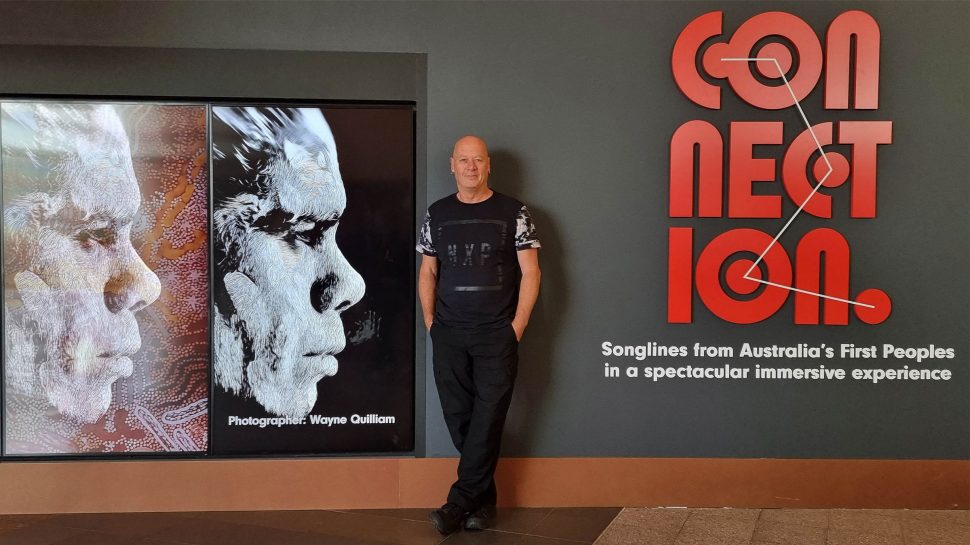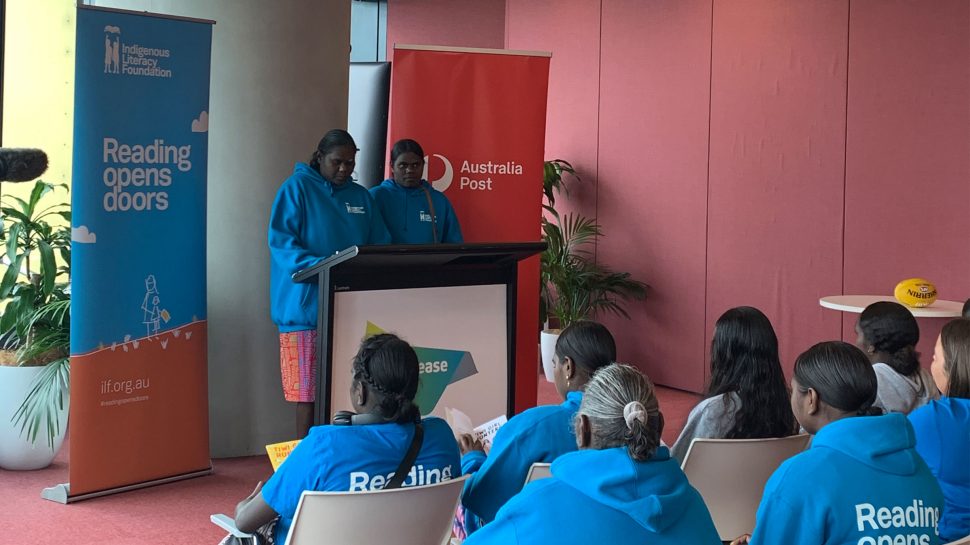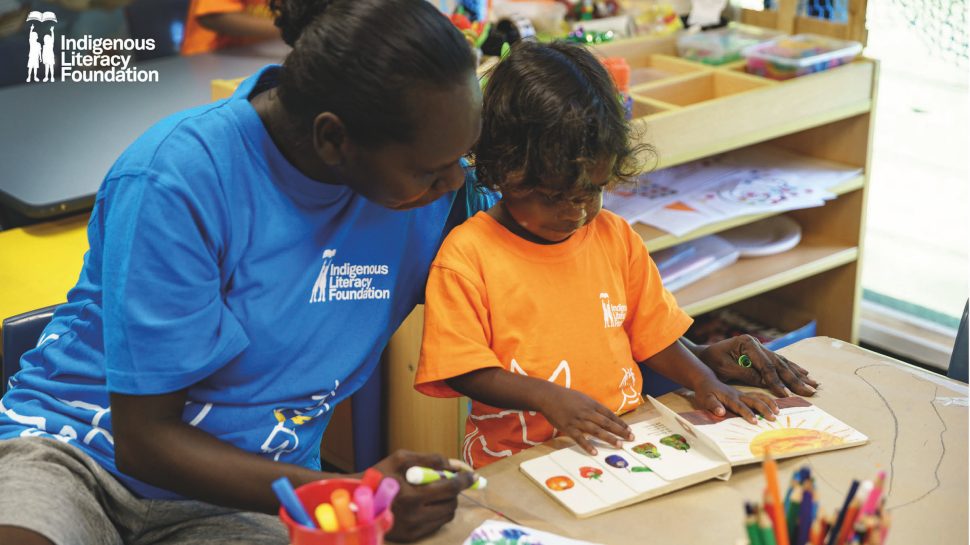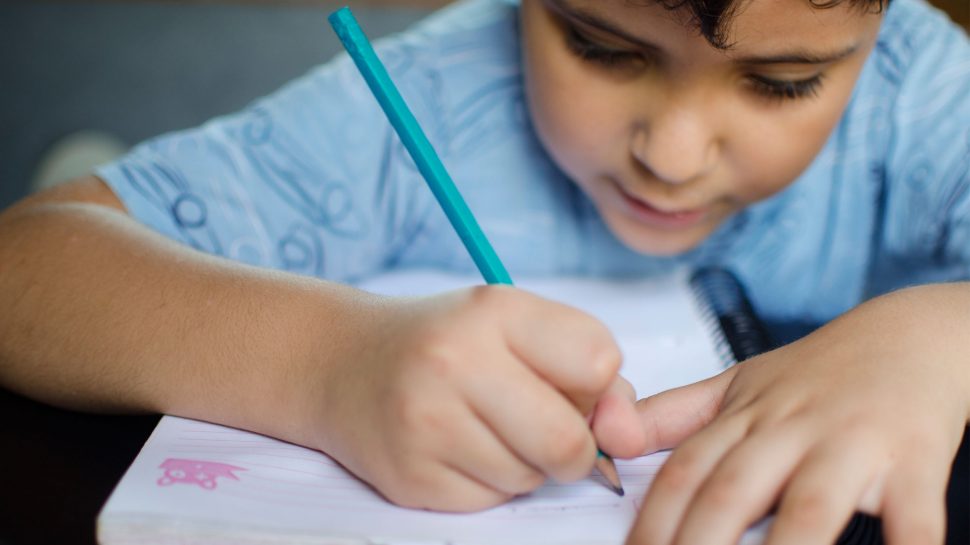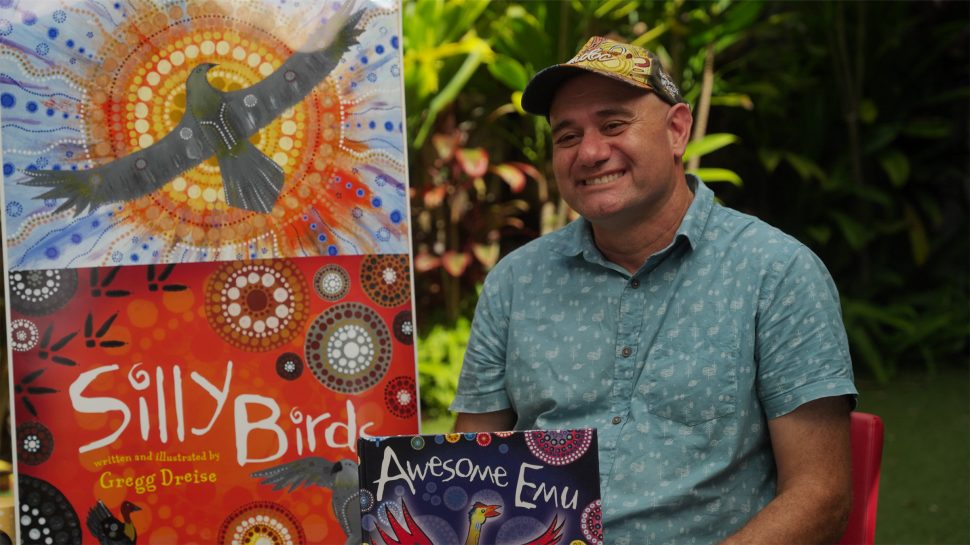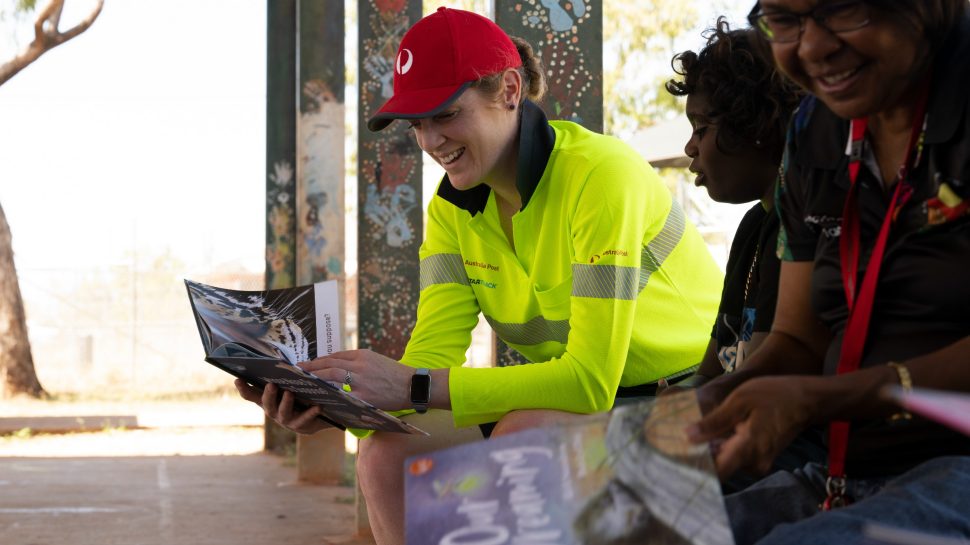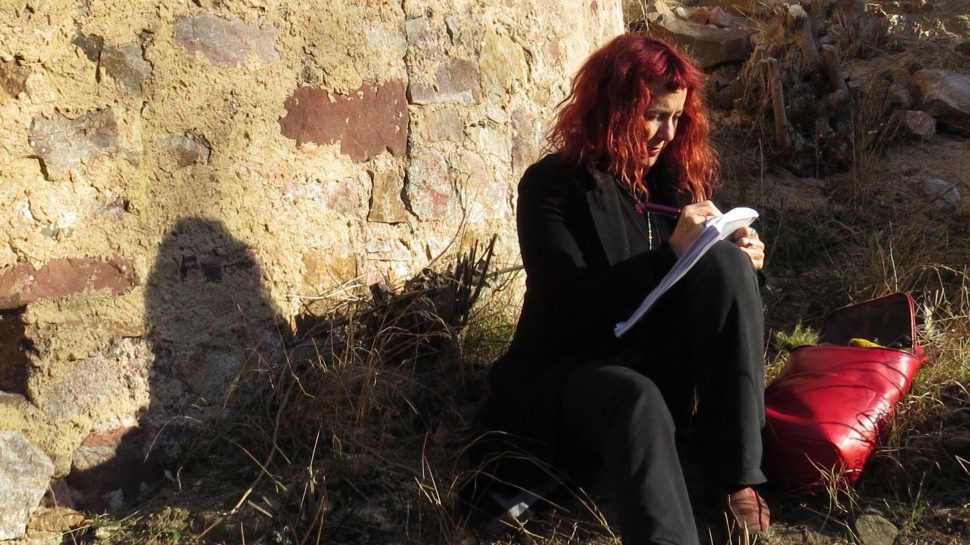Video: Red Australia Post van drives down a dirt road in a rural Australian setting.
Audio: Delivering books to Remote First Nations Communities?
Video: Indigenous Literacy Foundation Ambassador, Shelley Ware, reading books to Indigenous children in a classroom. Shelley and the kids address the camera.
Audio: That’s the goods!
Video: Shelley reads to the children while they sit on the floor. A close up a young Indigenous girl smiling is shown.
Audio: Together with the Indigenous Literacy Foundation, Australia Post is Delivering the Goods, with over 300,000 books delivered.
Video: Close up of the books that the children are reading as they turn the pages. The same young Indigenous girl and a boy sit on a bench in the playground and read a book, smiling.
Audio: It’s another way we’re delivering for Australia at Australia Post.
Video: The Australia Post logo appears on a red background.
Text: “Delivering for Australia”.
Video: Indigenous Literacy Foundation appears next to the Australia Post logo.

